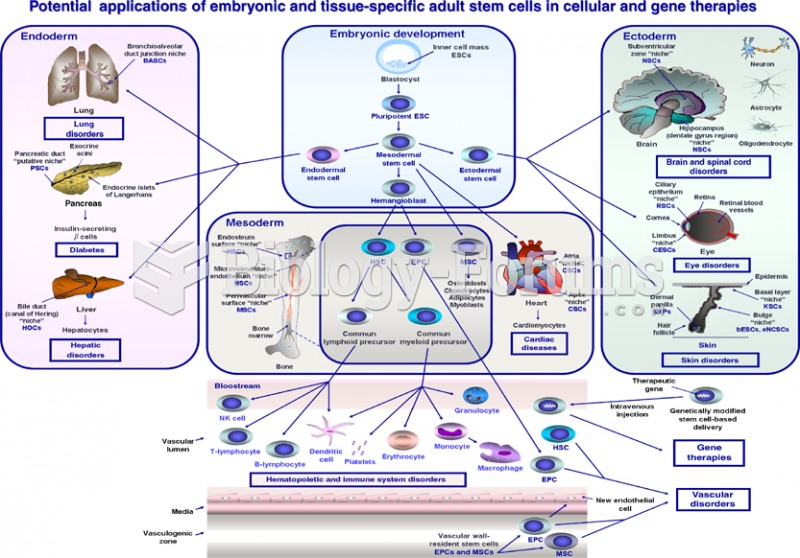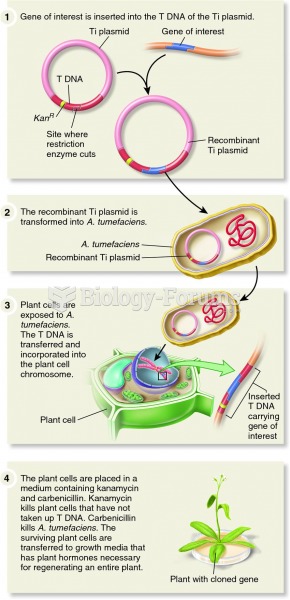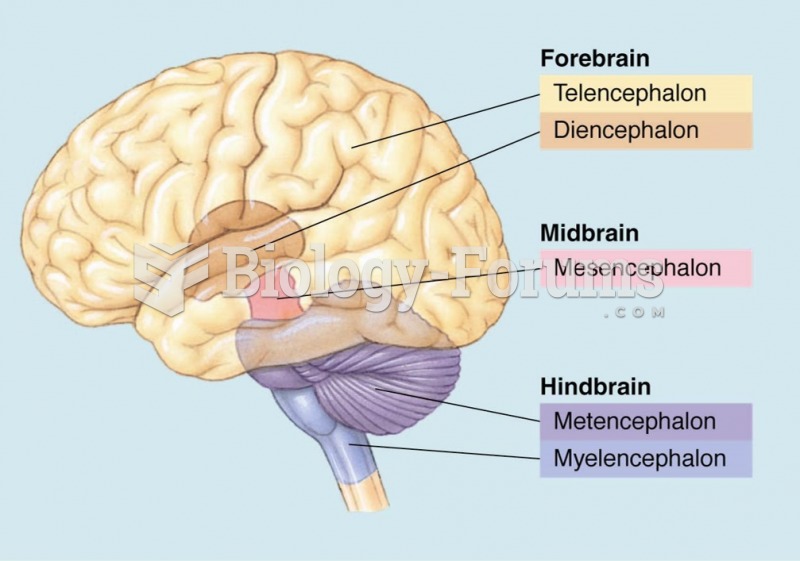Answer to Question 1
- He is cold, smug, and condescending, determined to find fault with everything and everyone. So all-encompassing is his scorn that he mocks the woman ahead of him in the line for expressing the very same annoyance that he is feeling. Such pervasive contempt (which some might interpret, at least in part, as unconscious self-contempt) may be a way of persuading himself of his own superioritythough, as another character wisely observes of the morbidly jaded Pococurante in Voltaires Candide, The best stomachs are not those that refuse all meat.
Anders is not just a book critic, but one who is known for the weary, elegant savagery with which he dispatched almost everything he reviewed (par. 1). Spending all of his working hours in passing judgment on others, with constant exposure to the trite, the inept, the inadequate, may have bred in him a gradual deadening of the capacity to respond with freshness and enthusiasm (He did not remember when he began to regard the heap of books on his desk with boredom and dread, or when he grew angry at writers for writing them par. 35). Also, like any widely noticed author, Wolff has no doubt been displeased by some of the assessments of his work, and he is amusing himself by taking a shot at the kind of reviewer whose first instinct is to point out what is wrong with everything.
Answer to Question 2
- From a structural standpoint, the chrysanthemums allow the story to move toward its climax and heartbreaking conclusion. Because Elisa is rightly proud of her flowers, she happily shares them with whomever asksand we intuit that this is a rare occurrence.
In addition to her frustration with her passive roles, Elisa is thwarted because her considerable gifts for nurturingher planting handshave little value in the wider world. To the practical men striving to make a living, beauty has little use. The remarkable chrysanthemums are richly symbolic of Elisas femininity and of her talents. Yet the matter-of-fact and shortsighted Henry, because the flowers are not a cash crop, says, I wish youd work out in the orchard and raise some apples that big (par. 12). The traveling repairman only feigns an interest in the chrysanthemum shoots to ingratiate himself with her. Neither Henry nor the salesman appreciates the beauty of the chrysanthemumsor of Elisa.
Mordecai Marcus, in his critical commentary, sees Elisas flowers as substitutes for the children she (now thirty-five) was apparently unable to have. The suggestion is not unlikely; according to Elizabeth E. McMahan, however, it does not necessarily have anything to do with a longing for children.
Like his early model, D. H. Lawrence, Steinbeck is fond of portraying people swept up by dark forces of the unconscious. (A curious book for additional reading: Steinbecks early novel
To a God Unknown New York: Viking, 1933, which shows the influence of both Lawrence and Robinson Jeffers.) The Chrysanthemums invites comparison with Lawrences The Blind Man, which also conveys a womans struggle for intellectual survival while living with a mindless husband on a farm. Henry Allen is no match, though, for Lawrences impressive Maurice. If the two stories are set side by side for evaluation, Lawrences may well seem (in our opinion) the deeper and more vivid. Though finely perceptive, The Chrysanthemums has something methodical about it, as if the young Steinbeck were deliberately trying to contrive a short-story masterpiece. But this is to dissent from the judgments of Mordecai Marcus, who thinks it indeed one of the worlds great short stories, and of Andr Gide, who in his
Journals finds it in a league with the best of Chekhov (Vol. IV New York: Knopf, 1951 79).
If your students are familiar with
Of Mice and Men, you may encourage them to make connections between Elisas situation and those of the many stunted characterswhether physically, mentally, or emotionallyin that classic novella. A particularly apt comparison, of course, is with Curleys wife, who speaks movingly of the loneliness and confinement of her life and complains, Seems like they aint none of them cares how I gotta live. One may also discuss Elisa in terms of George, the protagonist of
Of Mice and Men, who alsoalbeit on a much more profound levelresponds to the ruin of his dreams by resigning himself to being swallowed up in the emptiness and meanness of spirit all around him. The story and the novella also bear comparison on a technical level, in that both are attempts by Steinbeck to confine himself to the objective point of view, presenting his characters, as far as possible, from the outside only, and allowing us to deduce what is taking place within them.
The National Steinbeck Center in Salinas, California, can be visited in person or online at
www.steinbeck.org. The museum has an extensive Steinbeck archive, permanent and temporary exhibits, special events, and more.
 Potential applications of embryonic and tissue specific adult stem cell in cellular and gene theraph
Potential applications of embryonic and tissue specific adult stem cell in cellular and gene theraph
 The frontal sinus, an airfilled space just behind the brow, is a unique size and shape in each of us
The frontal sinus, an airfilled space just behind the brow, is a unique size and shape in each of us





